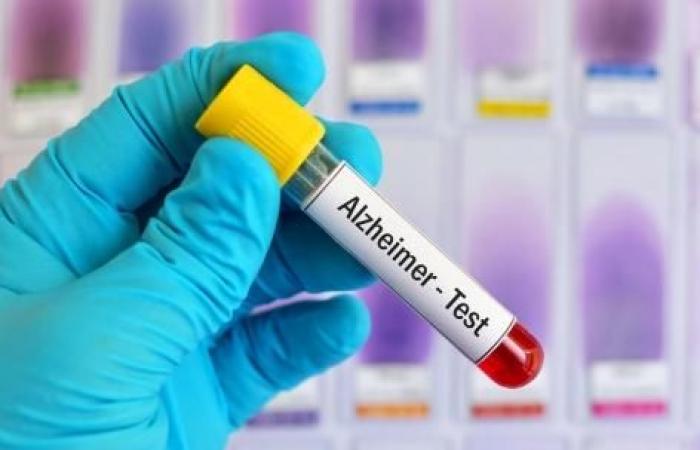THE ESSENTIAL
- The biomarkers (p-tau217, Aβ40, Aβ42, and NfL) used to diagnose Alzheimer’s disease vary significantly depending on the time of day.
- Levels of phosphorylated tau protein (p-tau217) were lowest in the morning when patients woke up and highest in the evening.
- Currently, researchers do not know the causes of this diurnal variation. It could be linked to sleep, circadian mechanisms, activity, posture or meals.
“Plasma biomarkers of dementia, including phosphorylated tau (p-tau217), show promise as tools for diagnosis, stratification for clinical trials, monitoring disease progression, and assessing success “However, it is not yet known whether the levels of these dementia biomarkers vary depending on the time of day, which could have consequences for their clinical value.” This is what scientists from the University of Surrey (United Kingdom) wrote in a study published in the journal Translational Psychiatry.
Alzheimer’s: levels of phosphorylated tau protein were lower in the morning and higher in the evening
To find out, they recruited 38 people suffering from a mild form of Alzheimer’s disease, their caregivers and their health professionals. Instead of taking a single blood test, as is the case in the majority of clinical practices, participants took a blood test every three hours for 24 hours. Four of the five biomarkers were measured: phosphorylated tau (p-tau217), amyloid-beta 40 (Aβ40), amyloid-beta 42 (Aβ42), glial fibrillary acidic protein, and neurofilament light (NfL). .
The researchers found that the biomarkers showed fluctuating levels throughout the day. For phosphorylated tau (p-tau217), the lowest levels were observed in the morning upon awakening and the highest values in the afternoon or early evening. “The magnitude of diurnal variation in p-tau217 was similar to the reported increase in p-tau217 over 1 year in amyloid-β-positive individuals with mild cognitive impairment,” can we read in the results.
Dementia: “it is important to consider the time of day when taking samples”
According to the authors, the factors causing these differences during the day are currently unknown. They could be linked to sleep, reduced production or elimination of these markers from the brain to circulation, meals, posture and activity or circadian mechanisms.
“This work shows that it is important to consider the time of day when collecting samples for clinical diagnosis and that a patient’s clinical picture can be affected by different sampling times. By standardizing the time of day a sample is taken, diagnosing dementia and monitoring disease progression can become more accurate. concluded Ciro della Monica, lead author of the research.






